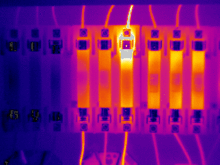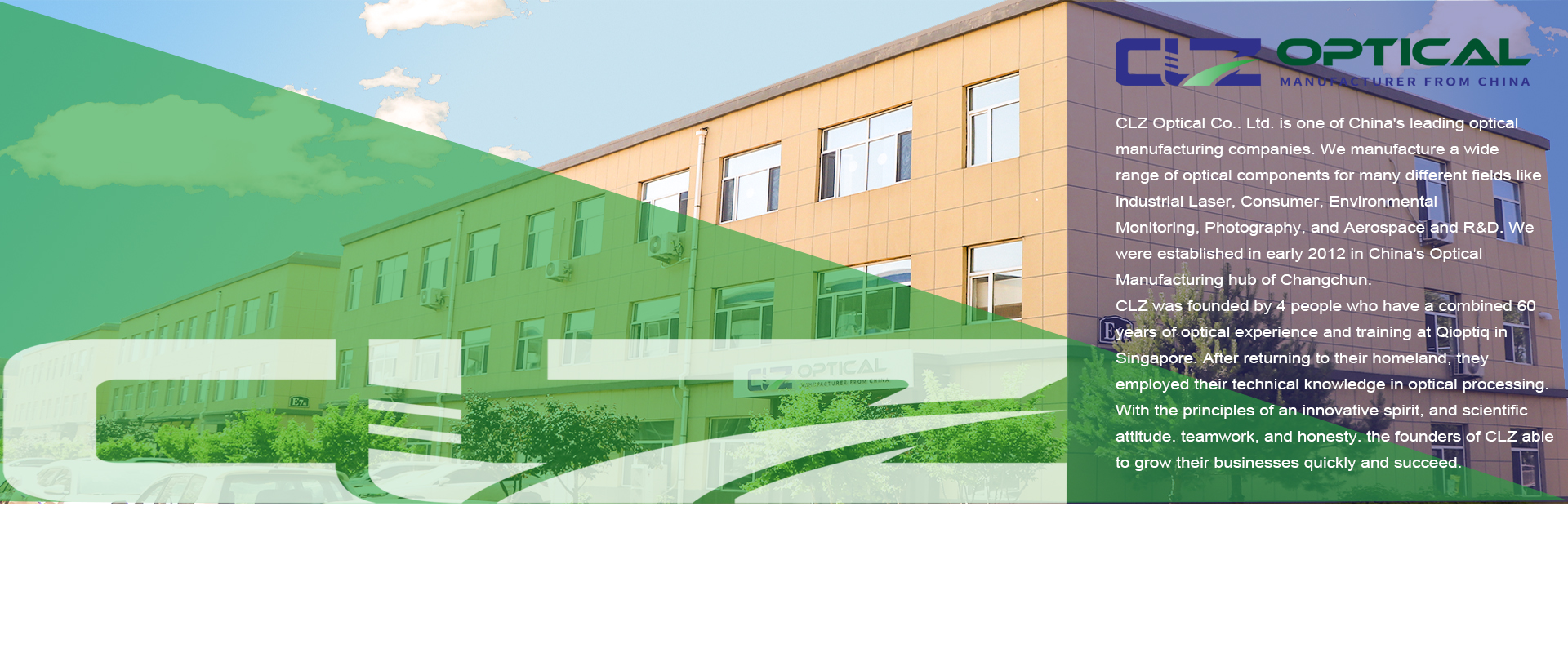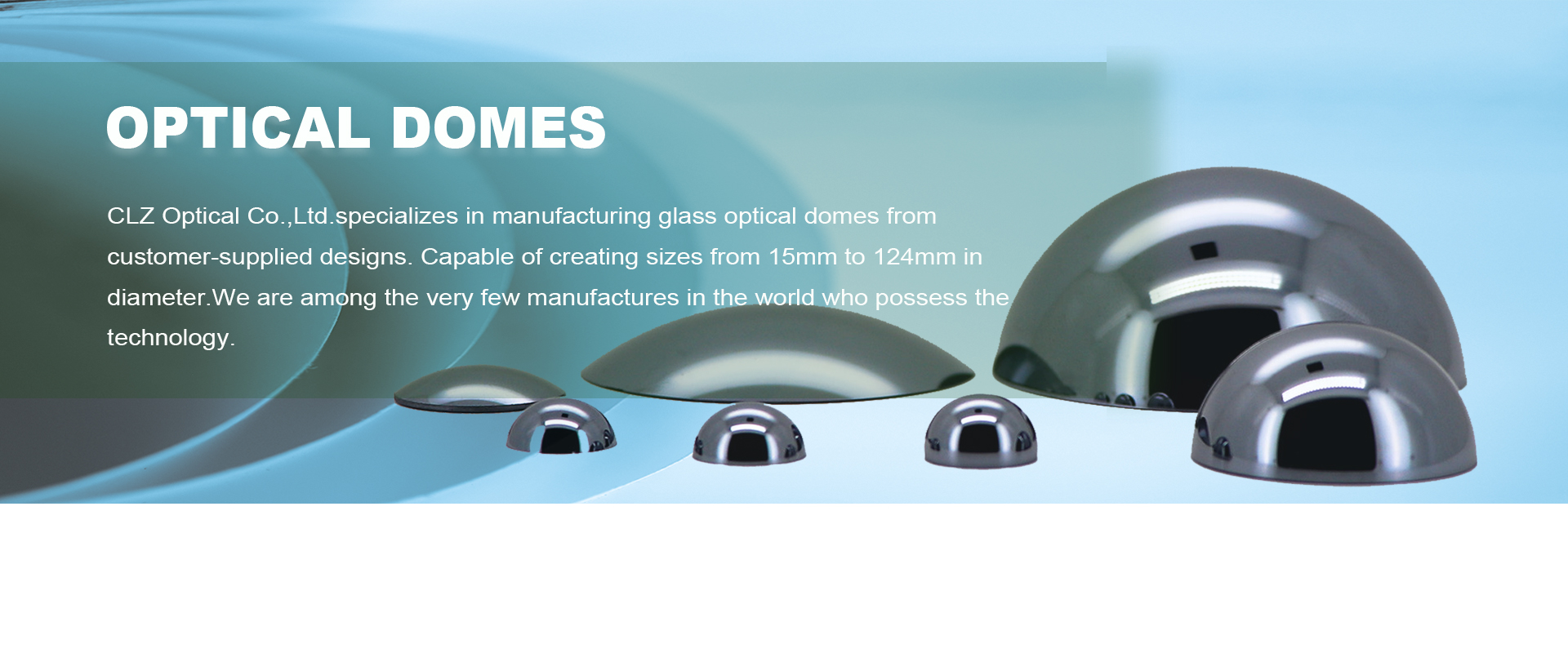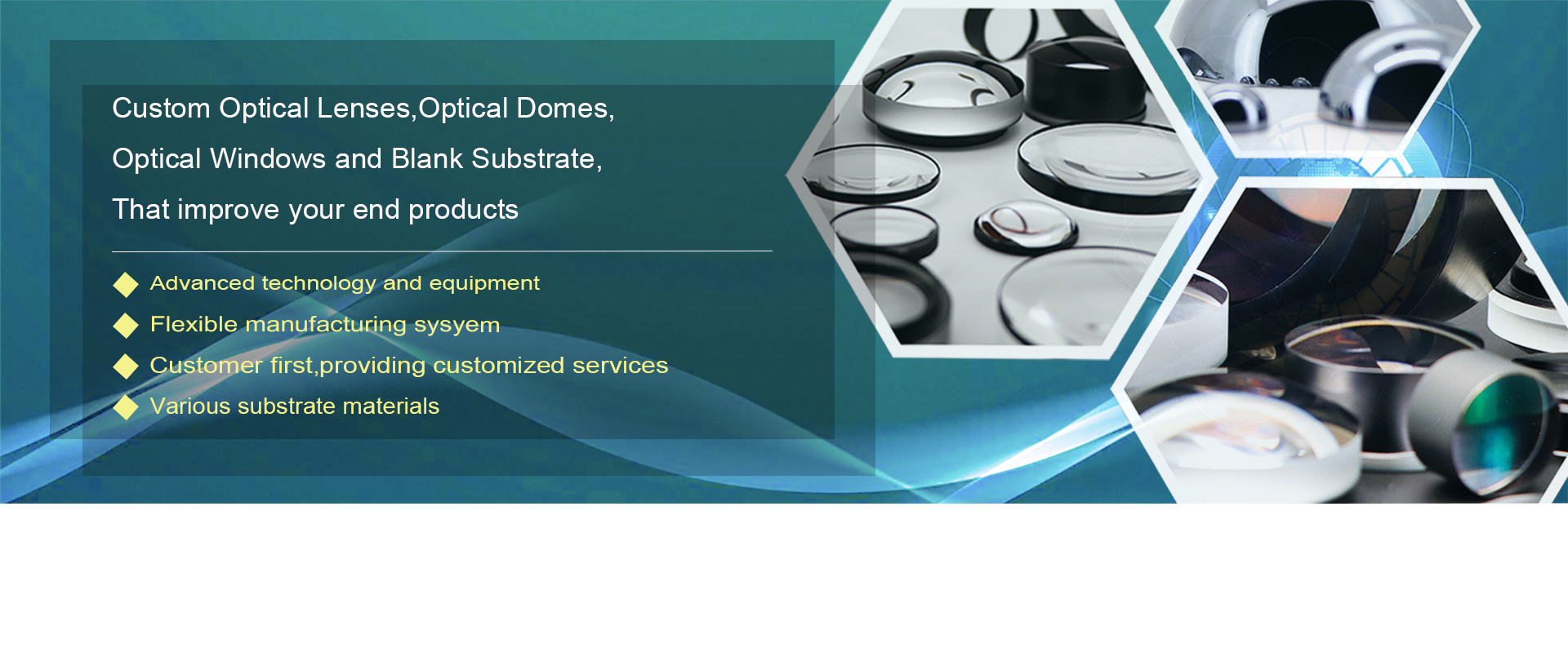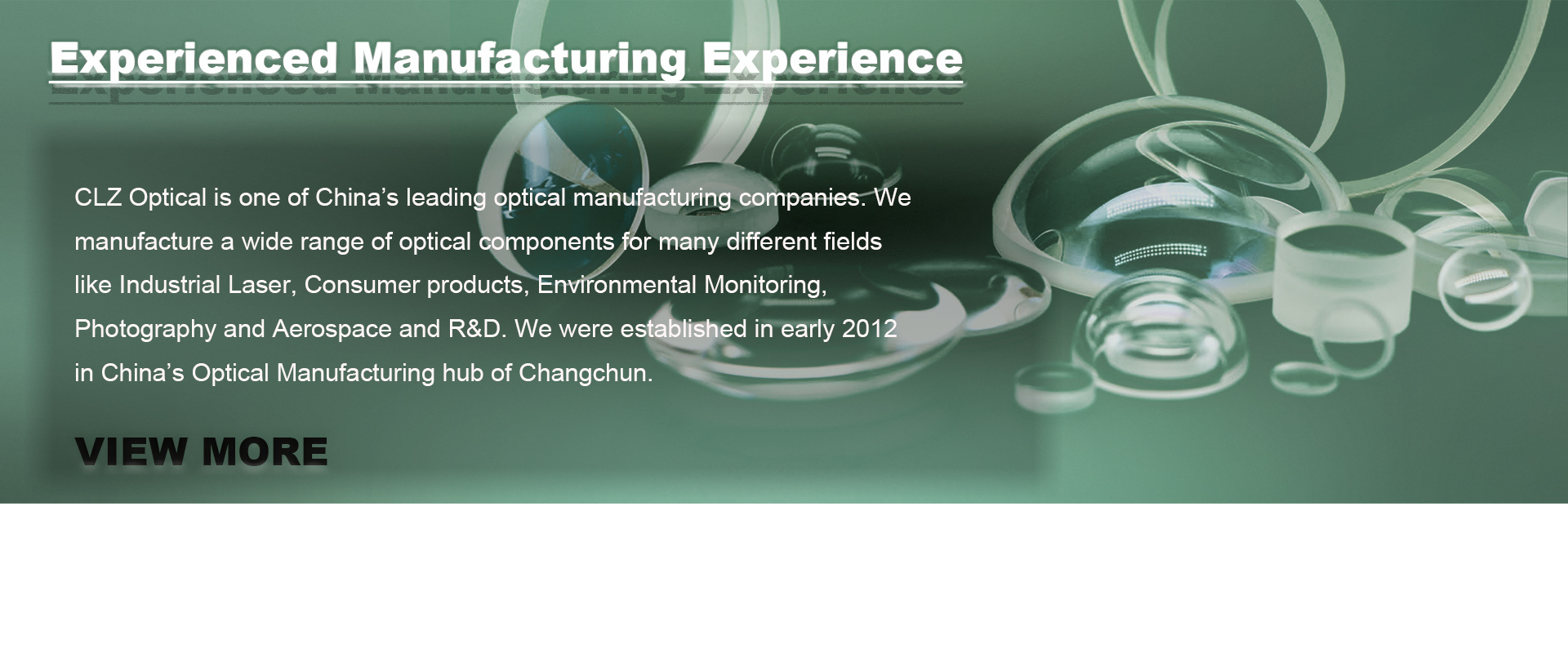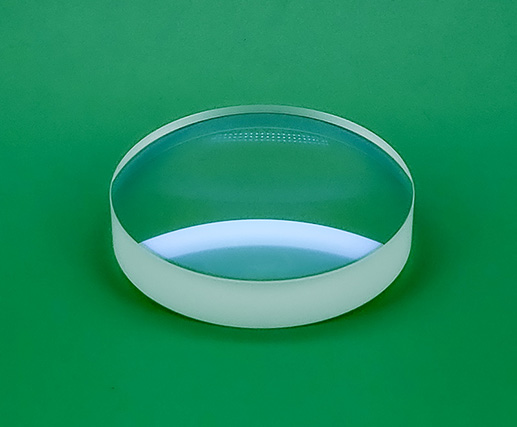Fluoride Optical Windows
Fluoride optical crystal windows products include calcium fluoride (CaF2), barium fluoride (BaF2), lithium fluoride (LiF) and other series of alkaline earth metal ion fluoride crystals. The light transmission range of these crystals covers 0.11~12.5μm, and they are excellent UV and IR optical materials. They are widely used in infrared windows, optical lenses, prisms, waveplates, objective lenses and other optical applications.
What are the differences between commonly used fluoride materials
ALF3: This evaporated material has a smooth material surface at low electron beam power, and this material has the lowest refractive index value (of the fluorides given in the table). The loss of transmittance at a wavelength of 400 nm is about 2% and is caused by the insufficient fluorine content in the film. This insufficient fluorine content can be detected in 150 nm thick AlF3 films and can be expected to be undetectable in the ultraviolet region when the thickness of the film required for application is one tenth of this thickness value. For high-energy applications, the use of AlF3 films in the infrared region is promising, although the absorption of AlF3 films in the 10 μm region is slightly higher than desired. Experiments have shown that the durability and adhesion of AlF3 films are excellent. In the ultraviolet region, AlF3 films have been found to be useful for coating high-energy lasers at wavelengths shorter than 250 nm.
BaF2: Barium fluoride has low absorption values in a wide spectral range of 0.25~15μm. It has a transparent region of 0.19-13 μm and low refractive index values of 1.2-1.47. Typical BaF2 films prepared by evaporation have hygroscopicity and low packing density values. The mechanical stability of BaF2 films can be improved and the packing density can be increased by assisted deposition with low-energy ions. The resulting characterized BaF2 films can be used as low refractive index optical coatings in a wide spectral region from the ultraviolet to the far infrared. Due to their rather low optical absorption and their high damage threshold for intense laser radiation of 10.6 μm, they can also be used as coatings for high-power CO2 lasers (λ = 10.6 μm).
CaF2: molecular weight 78.08, density 3.18, melting point 1360℃, boiling point 2500℃, evaporation temperature 1100℃ in 10-2Pa vacuum. It can be evaporated by heating with tantalum, molybdenum, tungsten boat or coil, and also can be evaporated by heating with quartz crucible. The transparent zone of calcium fluoride film is 150nm~12μm, its refractive index is 1.36~1.42, and the refractive index of the film layer changes with time. In addition, the refractive index value is related to the temperature of the substrate when the film is deposited. CaF2 film layer has poor mechanical properties and hygroscopicity. Calcium fluoride (CaF2) has good mechanical strength and moisture resistance, high transmittance in the 0.13um~11um band, used in the field of laser, infrared, ultraviolet, high-energy detection, it is a high-quality material for making optical prisms, lenses, and windows and other optical components. It can be used under atmospheric pressure at a temperature of up to 600°C, and can reach 800°C when dried in vacuum. Barium fluoride (BaF2) is widely used in infrared windows, ultraviolet windows, and prisms. Lithium fluoride (LiF) is a material with good transmittance in the vacuum-ultraviolet region, and is widely used to make optical windows, lenses, prisms and refractive elements in the ultraviolet-visible-infrared field.
CLZ Optical Co., Ltd. specializes in fluoride windows for a wide range of applications such as infrared technology. We can also provide customized services for our customers
